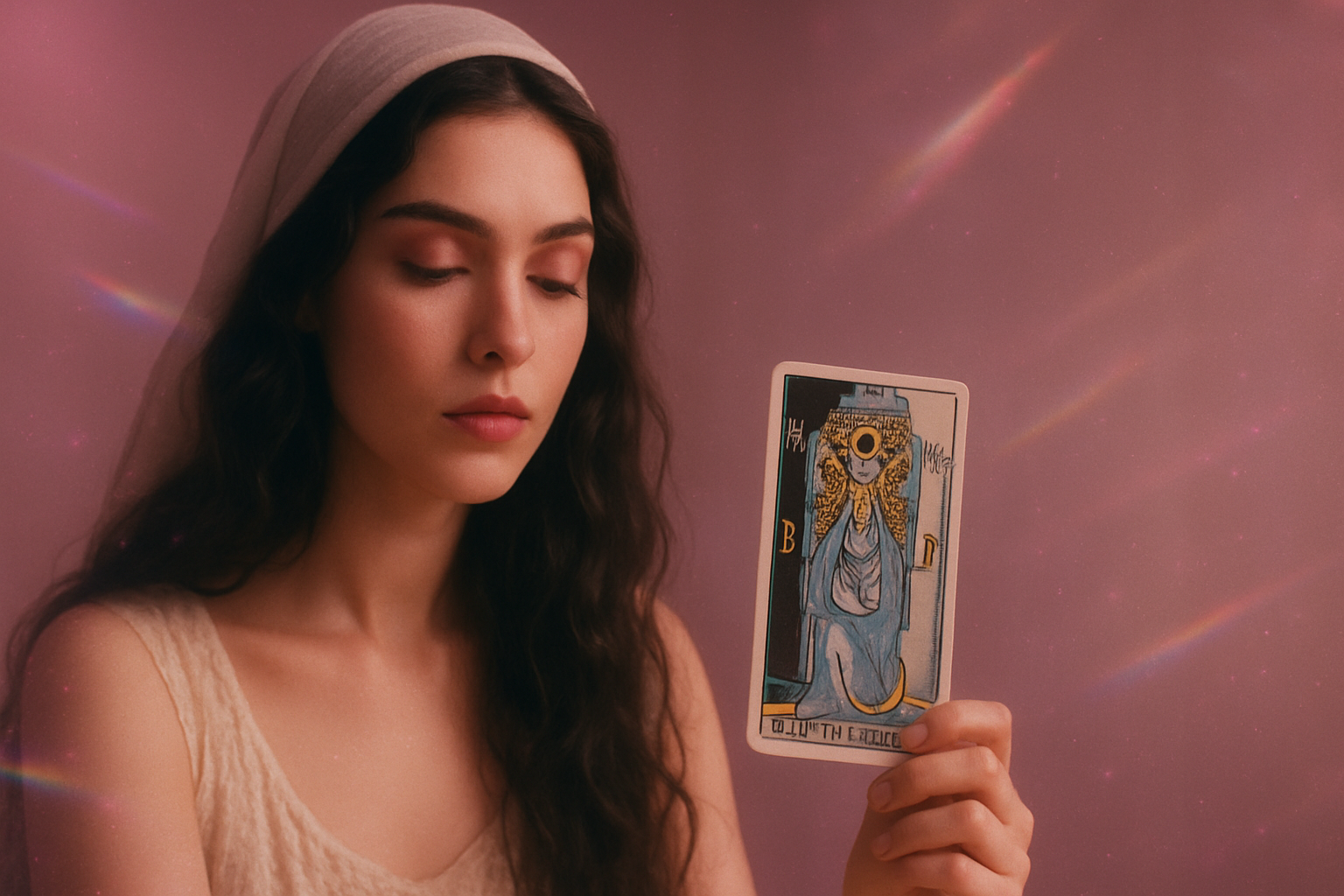
Weather‑Proof Hacks Fashion Editors Swear By
Picture this: you're getting ready for a romantic evening, you've picked the perfect outfit that makes you feel absolutely divine, and then... the weather app drops a bomb 💣 Rain, wind, or that humid mess that turns your hair into a science experiment. But here's what I've learned from years of watching fashion editors navigate every weather curveball - they've got some seriously clever tricks up their sleeves.
Let's be real, weather shouldn't dictate whether you feel confident and sexy. Fashion editors have mastered the art of looking effortlessly put-together regardless of what Mother Nature throws at them. And honestly? Their secrets are way more practical than you'd think.
The Foundation: Weather-Smart Wardrobe Building
Here's the thing about fashion editors - they think like chess players. Every piece in their closet serves multiple purposes, and they're always three weather scenarios ahead.
The layering game is everything. I used to think layering meant throwing on a cardigan and calling it a day. Nope. Fashion editors layer with intention. They start with moisture-wicking basics (yeah, the same stuff athletes wear), add a silk or merino wool middle layer, and finish with something that can handle whatever's happening outside.
One editor I know swears by this combo: a fitted bamboo tee, a cashmere blend cardigan, and a lightweight trench. She can strip down to just the tee if it gets warm, or bundle up if the AC is arctic. The key? Each piece looks intentional on its own.
Fabric Intelligence That Actually Works
Btw, not all fabrics are created equal when it comes to weather resistance. Fashion editors have this almost supernatural knowledge about textiles, and honestly, it's saved my outfit more times than I can count.
Merino wool is their secret weapon - it regulates temperature, resists odors (crucial for those long days), and doesn't wrinkle like crazy. Silk blends are another favorite because they're naturally temperature-regulating and feel amazing against your skin.
For bottoms, they go for ponte knits or technical fabrics that look like regular pants but perform like activewear. One fashion director told me she hasn't worn regular jeans in years because her go-to ponte pants look just as chic but handle weather changes like a dream.
Rain-Proofing Without Looking Like You're Going Camping
Rain is probably the biggest style saboteur out there. But fashion editors have cracked the code on staying dry while looking absolutely stunning.
The umbrella situation is crucial, and here's where most of us go wrong. Fashion editors invest in a really good compact umbrella - not those flimsy ones that flip inside out at the first gust of wind. They want something that fits in their bag and actually protects their hair and makeup.
Hair protection is non-negotiable. I learned this trick from a beauty editor: a silk scarf isn't just an accessory, it's armor for your hair. Tie it under your chin or wrap it around your head before stepping into drizzle. Your blowout will thank you later.
The Waterproof Makeup Strategy
This is where fashion editors get really smart about their beauty routine. They've figured out that weather-proofing starts with the right products, not just hoping for the best.
Waterproof mascara is obvious, but they also use setting spray like it's going out of style. Two light layers - one after foundation, one after everything else. And here's a pro tip I picked up: cream blush and lipstick last way longer in humid weather than powder formulas.
For foundation, they go for long-wearing formulas that can handle a little moisture without sliding off. One editor swears by mixing a drop of facial oil into her foundation on humid days - sounds counterintuitive, but it actually helps everything stay put.
Heat Wave Survival That Keeps You Looking Cool
Summer heat is brutal, especially when you're trying to look polished and feel confident. Fashion editors have mastered the art of staying cool while looking hot (in the best way).
Linen becomes their best friend, but not just any linen. They look for linen blends that won't wrinkle into oblivion. Pure linen wrinkles if you look at it wrong, but a linen-cotton blend or linen-viscose mix gives you that breezy feel without the rumpled look.
Color strategy matters too. Light colors reflect heat, but fashion editors know that certain darks can work - think navy instead of black, or deep jewel tones that don't show sweat as much as lighter shades might.
The Cooling Accessories Game
Here's something I never thought about until a fashion editor mentioned it: jewelry can actually help you stay cool. Silver and white gold conduct heat away from your body better than other metals. Plus, they reflect light instead of absorbing it.
Scarves might seem counterintuitive in heat, but a lightweight silk or cotton scarf can actually protect your neck and décolletage from sun while creating airflow. It's all about the right fabric and how you wear it.
Cold Weather Chic Without the Bulk
Winter dressing is where fashion editors really shine. They've figured out how to stay warm without looking like they're wearing their entire closet at once.
The secret is in the base layers. Thermal underwear has come a long way from those scratchy long johns your grandmother wore. Modern thermal wear is sleek, fitted, and actually stylish. Some fashion editors wear silk or merino wool base layers under everything during winter.
Heat-generating accessories are clutch. Heated insoles, rechargeable hand warmers that double as phone chargers, and scarves with built-in heating elements. Technology has made staying warm so much easier and more discreet.
The Coat Strategy That Changes Everything
Fashion editors don't just own one winter coat - they have a whole system. A longer coat for really cold days, a shorter one for milder weather, and something in between for everything else.
But here's the real trick: they choose coats that work with their lifestyle. If you're walking a lot, you need something different than if you're mostly going from car to building. One editor I know has a coat with removable liner so she can adjust based on the day's activities.
Wind-Proofing Your Look
Wind is sneaky. It can destroy a perfectly planned outfit in seconds. Fashion editors have learned to think ahead about wind patterns and plan accordingly.
Hairstyles matter more than you might think. Loose hair looks romantic until the wind hits, then it's just chaos. Fashion editors often go for styles that look intentional even when messed up - think textured waves or sleek ponytails that can handle some movement.
For clothing, they avoid anything too flowy or light that will blow around. If they do wear something drapey, they make sure they have a way to secure it - a belt, a jacket, or strategic layering that keeps everything in place.
The Emergency Kit Every Fashion Editor Carries
This is where fashion editors really show their genius. They're always prepared for weather surprises with a carefully curated emergency kit.
Travel-sized everything: dry shampoo for humidity hair disasters, blotting papers for unexpected heat, a compact umbrella, and safety pins for wardrobe malfunctions. One editor told me she carries a small bottle of fabric refresher spray because sometimes you need to reset your clothes mid-day.
The phone weather app becomes your best friend. Not just for the daily forecast, but for hourly updates. Fashion editors check the weather obsessively and adjust their plans accordingly. If rain is coming at 3 PM, they make sure they're somewhere with good cover or have their umbrella ready.
Seasonal Transition Mastery
Those weird in-between seasons where it's 40 degrees in the morning and 70 in the afternoon? Fashion editors have this figured out too.
The key is removable layers and versatile pieces. A lightweight sweater that looks good tied around your waist, a blazer that works over a tank top or under a coat, shoes that work with or without tights.
They also pay attention to fabric weight. Medium-weight fabrics that can handle temperature swings are worth their weight in gold during transition seasons.
Technology That Actually Helps
Fashion editors embrace weather-smart technology in ways that enhance their style rather than compromise it. Weather apps with hourly forecasts, UV index monitoring, and even apps that suggest outfits based on the day's conditions.
Wearable tech has gotten so much better too. Smartwatches that track UV exposure, fitness trackers that monitor body temperature, and even clothing with built-in climate control features.
But tbh, the best technology is often the simplest. A really good weather app, a quality umbrella, and clothes made with modern performance fabrics can solve 90% of weather-related style problems.
Frequently Asked Questions
How do fashion editors keep their makeup from melting in humidity?
They use primer religiously, opt for waterproof formulas, and always carry blotting papers. Setting spray is applied in thin layers - never one heavy coat. Many also switch to cream products instead of powders during humid months.
What's the best way to protect hair from weather damage?
Silk scarves, leave-in UV protection, and protective hairstyles that look intentional even when messed up. Fashion editors often choose styles that work with weather rather than fighting against it.
How do you stay warm without looking bulky?
Quality base layers, strategic layering, and investing in well-fitted outerwear. The key is having pieces that work together as a system rather than just throwing on everything you own.
What fabrics work best for unpredictable weather?
Merino wool, ponte knits, and technical fabric blends that look like regular clothes but perform like activewear. These fabrics adapt to temperature changes and resist wrinkles.
How far in advance should you check the weather?
Fashion editors check hourly forecasts the night before and again in the morning. Weather can change quickly, so staying updated helps you adjust your outfit or plans accordingly.
Final Thoughts
Here's what I've learned from watching fashion editors navigate every weather scenario: it's not about having the most expensive gear or the biggest wardrobe. It's about being smart, prepared, and choosing pieces that work together.
The confidence that comes from knowing you can handle whatever weather throws at you? That's the real secret. When you're not worried about your hair getting ruined or your outfit falling apart, you can focus on what really matters - feeling amazing in your own skin.
Weather happens to all of us, but it doesn't have to ruin our style game. With these editor-approved tricks, you'll be ready for anything Mother Nature decides to serve up ✨
.png)
.jpg)
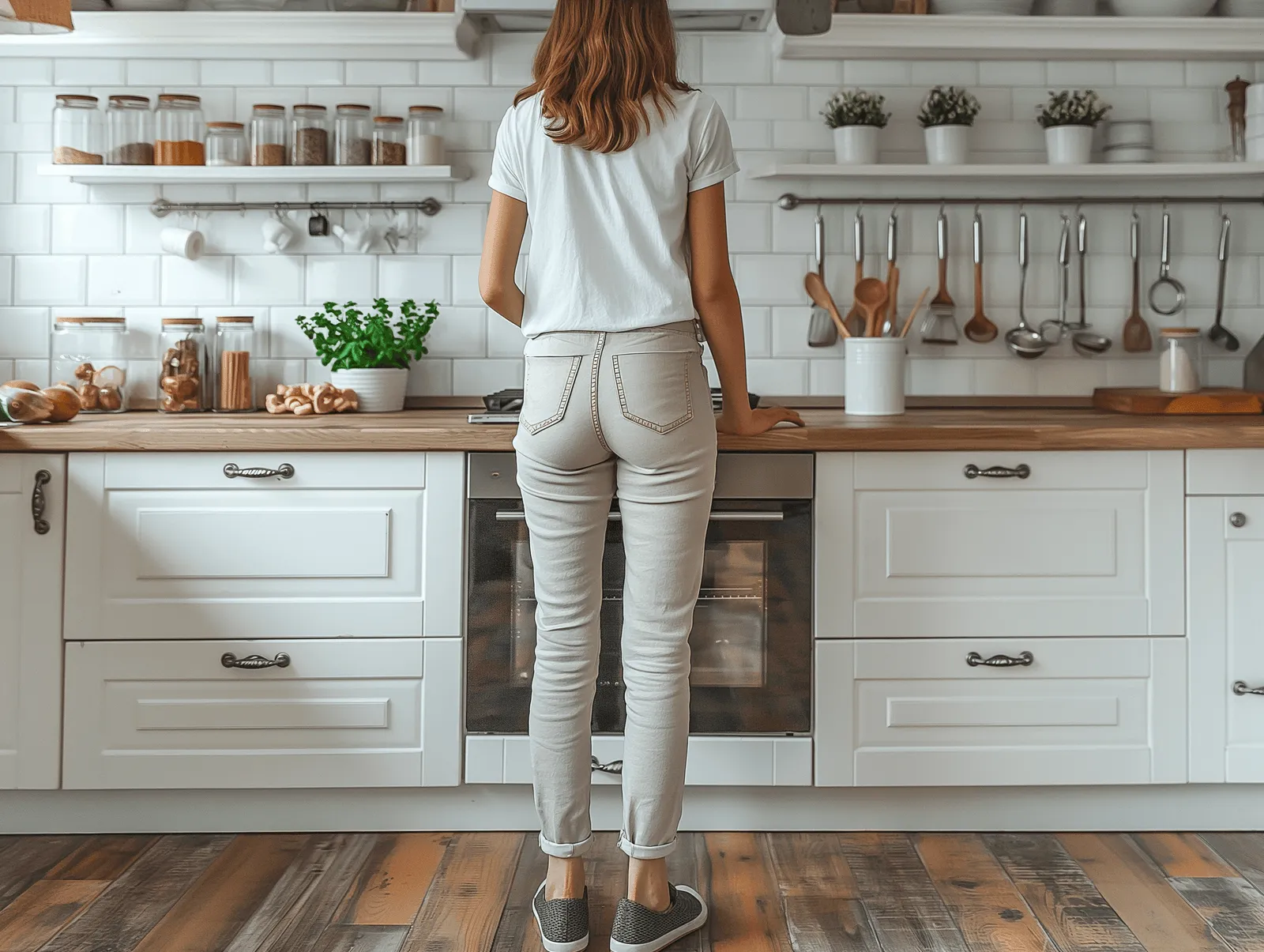
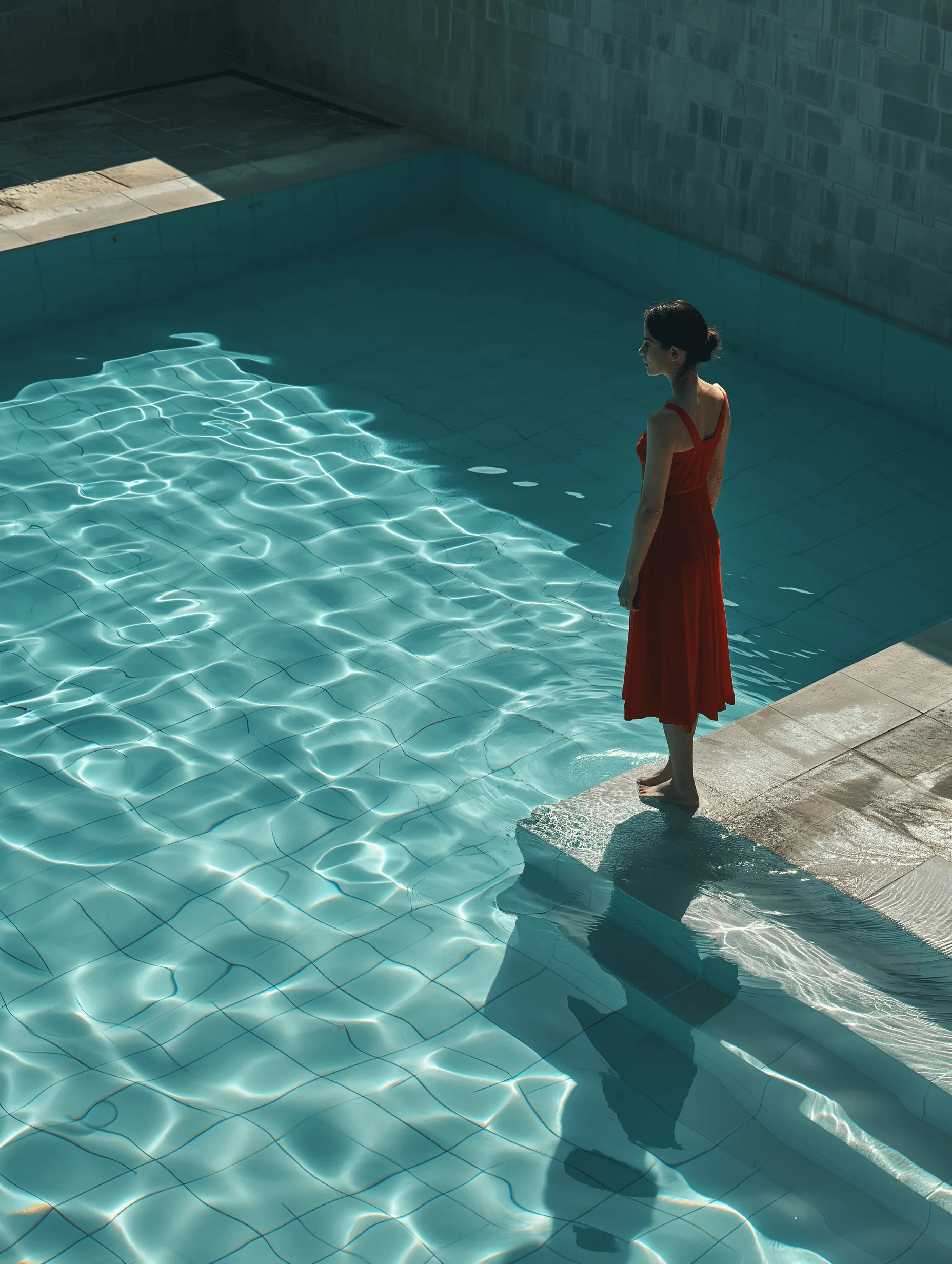
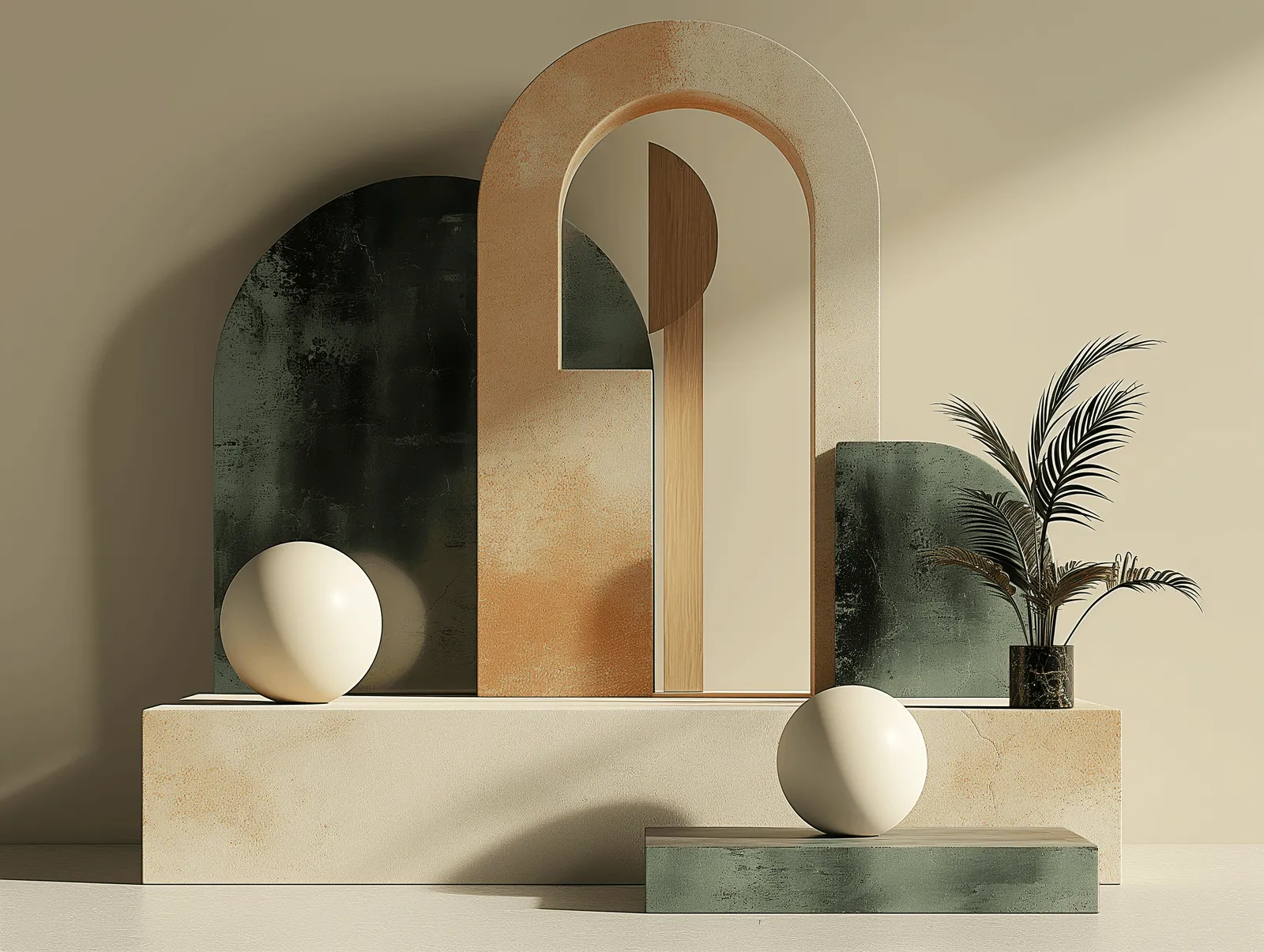

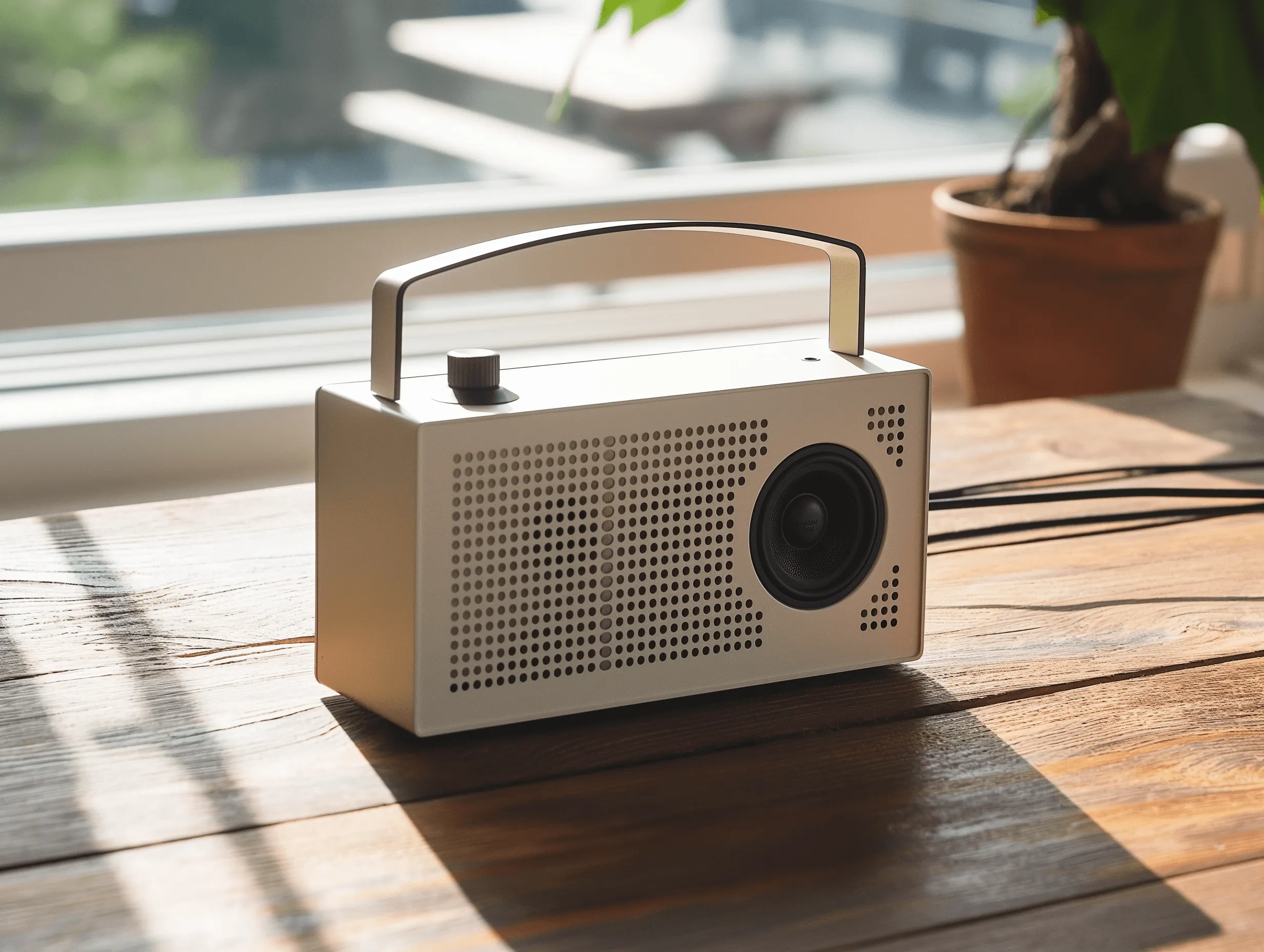
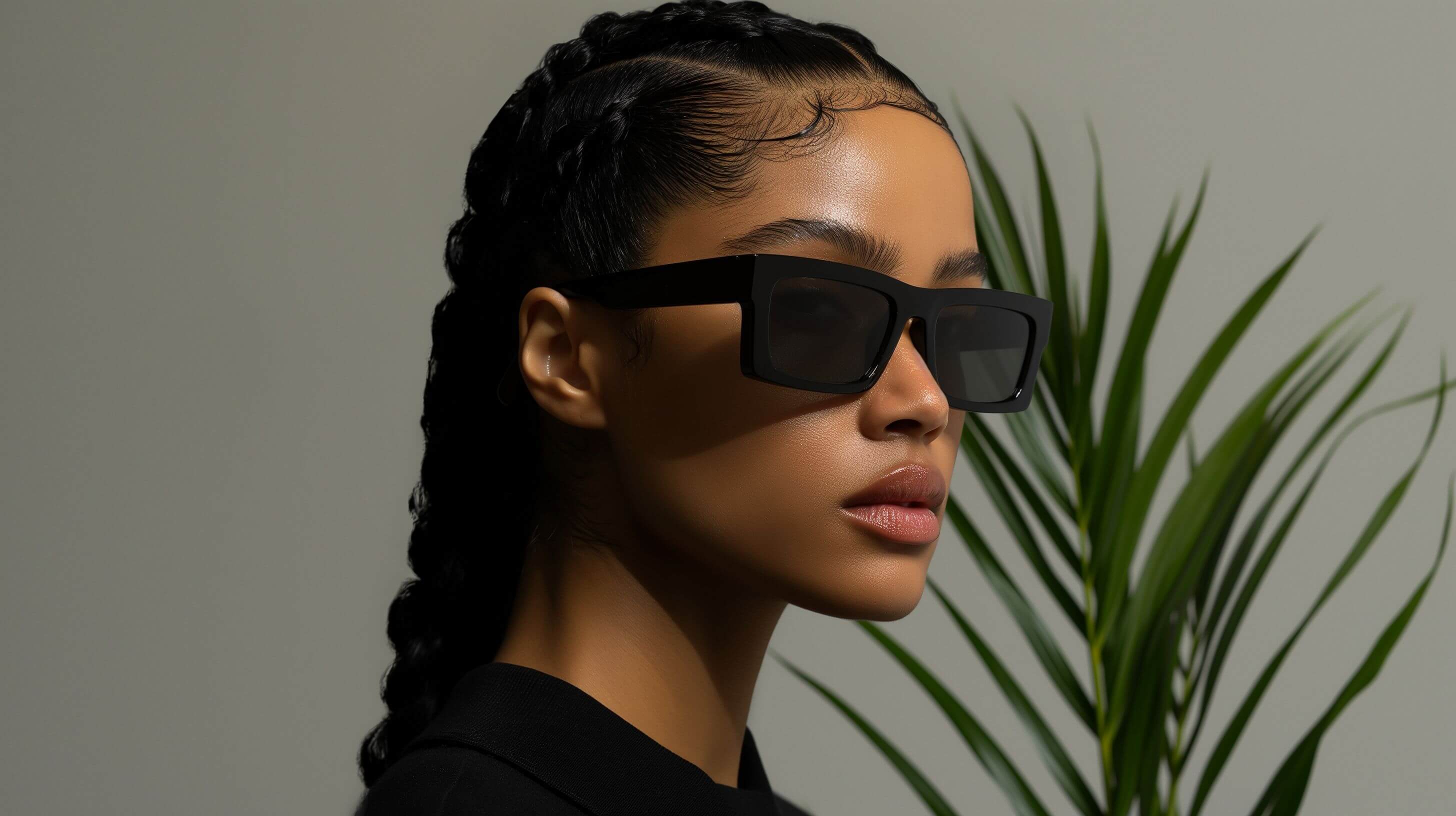
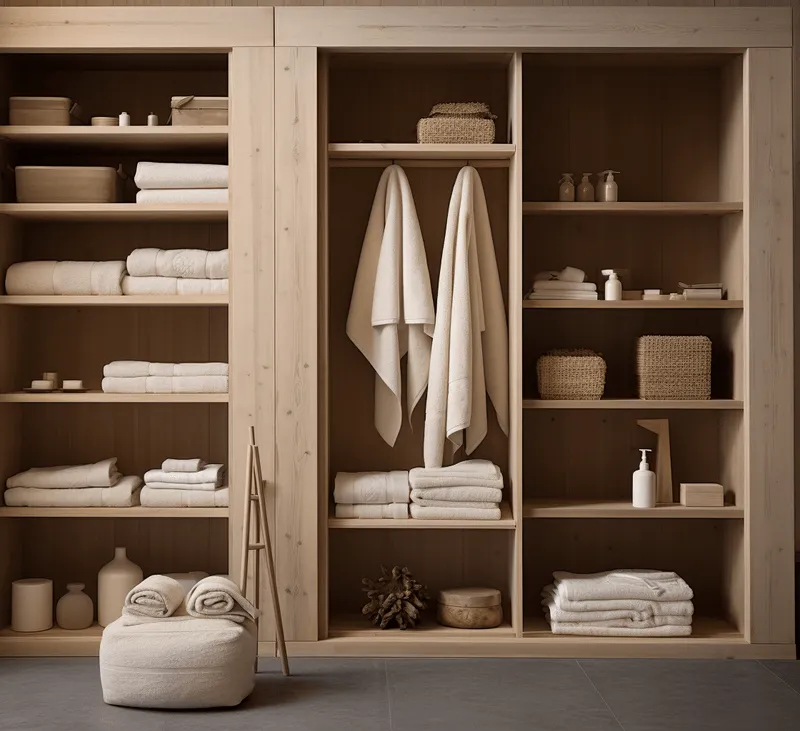
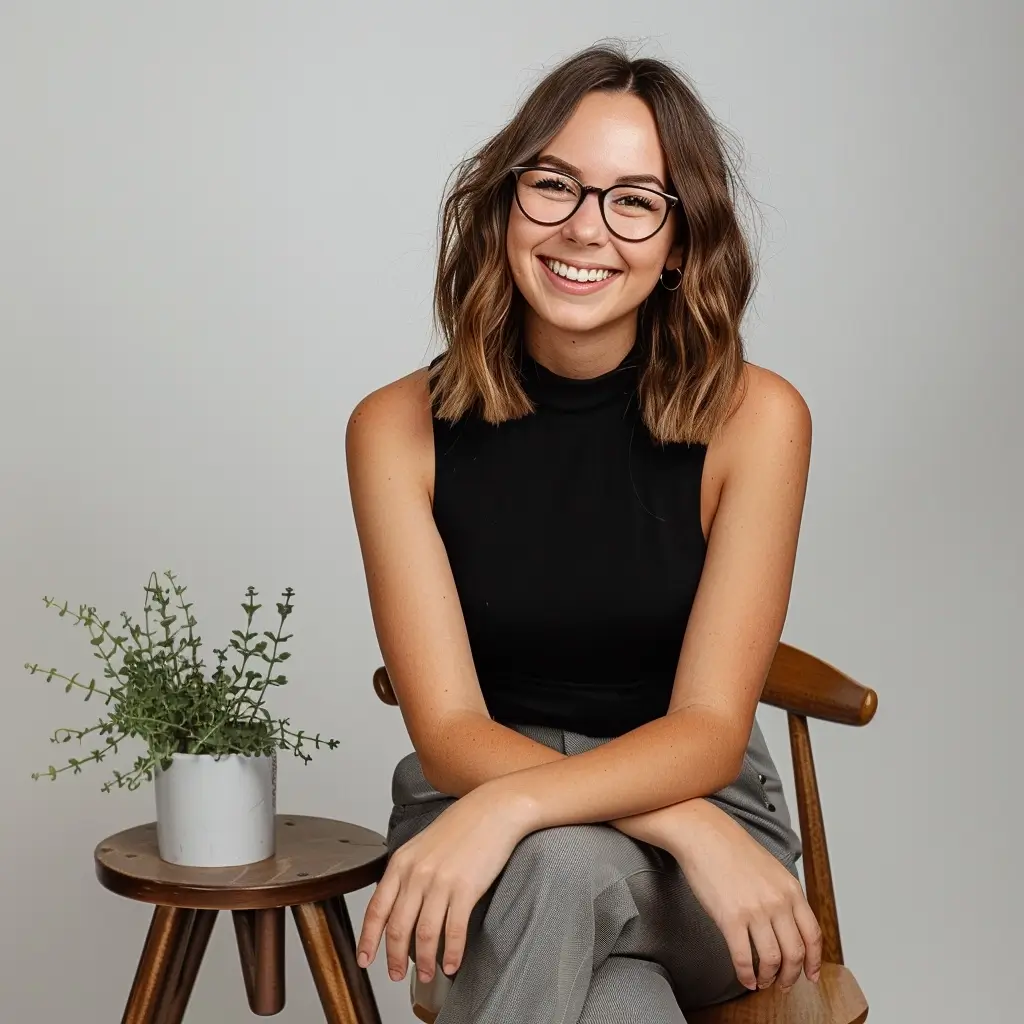



Comments: